How the deliciousness of “Miyako Nishikimi Rinzuke” is made
Miyako Nishikimi Rinozuke is made mainly from vegetables that have inherited the tradition of Kyoto vegetables. The secret to its flavor lies in the careful process that is left to the hands of human hands. After pre-processing the vegetables, they are first pickled in salt and then transferred to a sake lees pickling bed (kasu-doko). While the salted vegetables are left to rest on the lees bed, the salt in the vegetables slowly seeps out. In turn, the umami components contained in the sake lees are gradually incorporated into the vegetables. This process is repeated several times while gradually lowering the salt concentration of the sake lees. Two years of waiting. This creates the mellow flavor of Miyako Nishikimi Rinzuke.
-
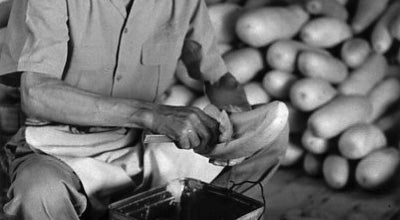
1. Harvesting and pre-processing vegetables
Harvested vegetables are collected and pre-treated with salt. The vegetable ``Uri'' that represents Miyako Nishikimi Rinzuke is called ``Katsura Melon'' and was once grown in Katsura, Kyoto and salted at our shop. Eventually, the cultivation of melons in Katsura became obsolete, and the variety was improved. Currently, it is grown in Tokushima Prefecture, salted locally, and then transported to our store.
-
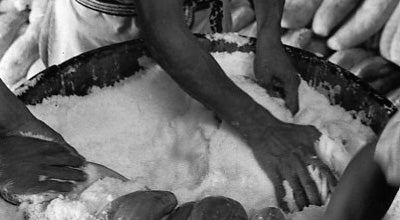
2. Salt pickling (6 months to 1 year)
Salt the pre-treated vegetables. This process involves removing moisture from vegetables and replacing it with salt. In the case of "Uri", pickle the melon overnight in salt and remove the moisture (coarse water) from the vegetable. This is an important process that affects the crispness of the product. Then, salt it with plenty of salt.
-
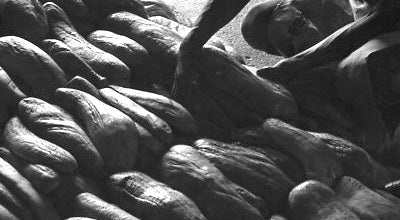
3. Shimazuke (arazuke)
(6 months to 1 and a half years) Salted vegetables are pickled in sake lees pickled bed (kasu bed). Sake lees contains a moderate amount of salt, which is a process that evens out the bottom flavor of the product.
-
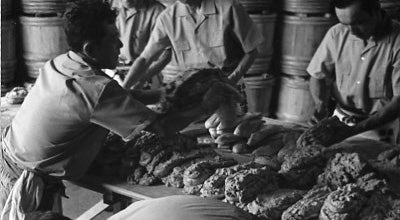
4. Nakazuke (second and third time) (6 months to 1 year)
While removing the salt from the vegetables, the umami components of the sake lees are further transferred to the vegetables. Depending on the type of vegetables and how well they are marinated, you may be able to skip the second step. There are three to four types of pickles, and the process involves combining them to adjust the flavor of the product.
-
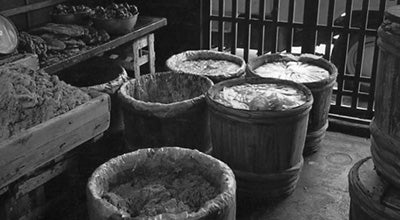
5. Jozuke (finishing) (2 to 3 months)
Vegetables that have been pickled are pickled in a pickle made of high-quality sake lees that does not contain salt, mirin lees, and sugar, and then left to ripen. After two years of salting, Miyako Nishikimi Rinzuke with a mellow flavor is finally completed.
-
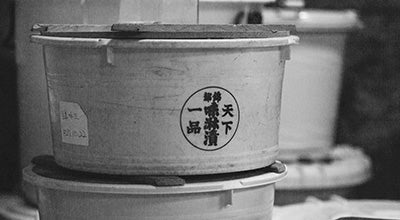
6. Packaging process
Once the aged Miyako Nishikimi Rinzuke is packaged and made into a product, it is ready to be delivered to your table.
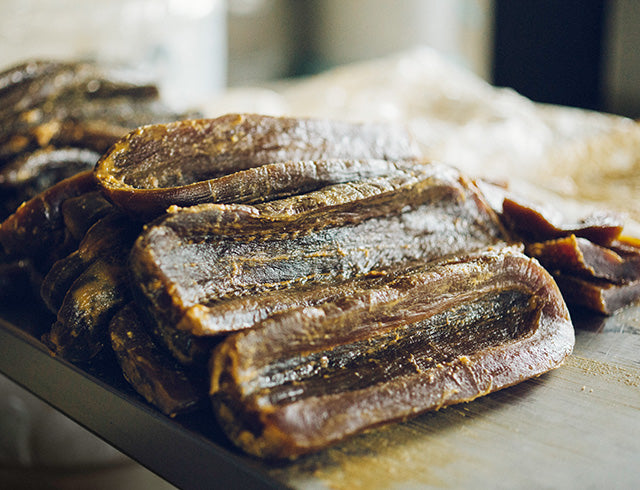
Narazuke has expanded the way you can enjoy vegetables.
Vegetables rich in vitamins and minerals are an essential ingredient in the Japanese diet. In particular, Japanese cuisine, which connects Japanese tradition and culture, has a wide variety of dishes that use vegetables. Pickles are one of them. Thanks to the invention of pickles that can be preserved with salt, seasonal vegetables that do not last long can now be eaten throughout the year. Narazuke is a type of pickled vegetable that is pickled in a bed of sake lees, replacing the salt in the vegetables with the umami components of the sake lees. Among pickles, it has been loved by die-hard pickles because it is more palatable and requires more effort than other pickles.
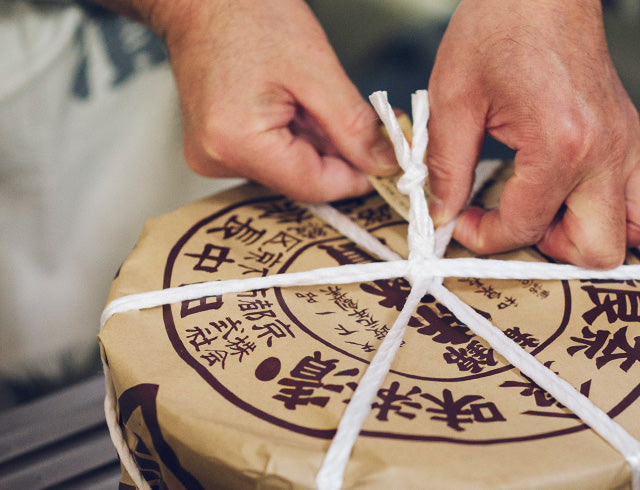
A taste that has been carefully prepared over two years without rushing.
The unique crunchy texture of Narazuke is proof that the vegetable cells have not been destroyed. When replacing the salt content of vegetables with the umami components of sake lees, it is important to gradually reduce the salt concentration. This is the reason why sake is pickled over and over again over a long period of time, changing the ratio of salt and sake lees in the lees. The reason we are so particular about hand-picking is that this pickling process requires so much delicacy that it cannot be left to machines. Protecting the cells of vegetables will protect their deliciousness and nutrition.







